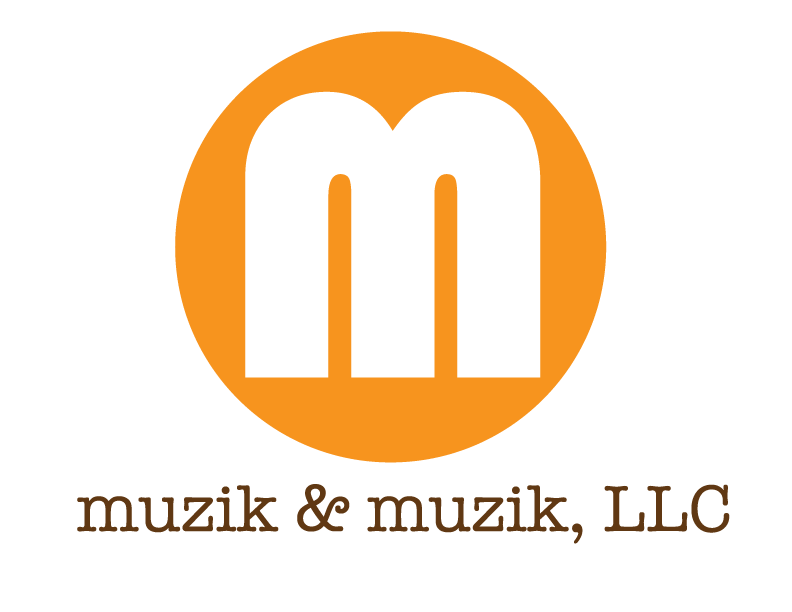Beyond session evaluations: Onsite digital learning assessments that go the extra mile
The acquisition of Continuing Medical Education credits and Maintenance of Certification points is a key element of how physicians demonstrate dedication and commitment to their ongoing ability to provide high-quality healthcare. Increasingly, associations and societies are under pressure to provide educational content at their meetings that includes the ability for physicians to get credit/points for attending. It’s critically important that our world’s citizens have affordable access to modern, innovative healthcare, and keeping busy physicians engaged in meaningful life-long learning should matter to all of us (cue rainbow machine, sparkly butterflies, and unicorns).
But as an accreditation committee or meeting professional, have you ever been in the hot seat for actually making this happen?
Here’s a sample process for consideration (feel free to skip ahead if you’re short on time):
- You must engage your accreditation committee in reviewing your meeting’s content and selecting appropriate sessions/activities for which you want to give credit.
- You have to get someone (or a group of someones) to write credible, rigorous, accreditable assessments for those sessions.
- You then have to publish these assessments, distribute them onsite, and collect them onsite.
- Once collected, you have to proceed with reviewing and scoring the assessments. As part of this, you must have some kind of system by which you are keeping track of which physicians took tests for which sessions on which dates at which time.
- You distribute the assessments to various committee members who are responsible for scoring them, and then need to collect the finished scores when the process is complete.
- Only then, you can cross check the finished scores with your original list of applicants and start letting them know whether they passed or failed.
- Of course, you also have to track down and nag any reviewer/scorers who may be behind in their reviews.
- You also need to answer questions and complaints from your learners along the way — including providing further details for those who may not have passed their assessments.
- Finally, you will need to create certificates and documentation for those who passed, and then…
- Create and send reports to the official accrediting agencies.
Are you still with me? OMG.
There’s a reason why many societies don’t offer CMEs and MOCs for attending their conferences, and it ain’t that they don’t believe in the value of continuing education. It comes down to a handful of simple factors: time, money, staffing, and onsite resources.
But what if that process was digitized and automated from the point where the session assessments were designed? What if conference attendees could simply filter and sort conference schedules from the palms of their hands, selecting and scheduling themselves to attend sessions for which they could take assessments and get credits? And what if they could actually take those assessments with a digital device of their choice (smartphone, tablet, laptop) and get instant feedback on their performance? And if they didn’t pass, what if they could in that very next instant retake the assessment? What if after the conference, all those who did pass one or more assessments received a customized report and documentation of their performance, accompanied by an official certification?
And what if all of this (from Step 3 to Step 9) happened with very little, if any, staff impact —and it took minutes not weeks. Would that be valuable to you and your society?
Enter a groundbreaking collaboration between the Heart Rhythm Society and CTI Meeting Technology that resulted in HRS’ ability to increase its 2016 CME/MOC awards by more than 800 over the previous year. Working with CTI, HRS was able to award a total of 119 MOC points to 239 attendee physicians. More than 933 tests over 16 MOC sessions were administered in total, with an average of 2.6 points and 3.9 tests per physician.
The medical meetings industry is standing up and taking note of innovations in CME and MOC administration.
Quoted in Medical Meetings Magazine’s September 2016 issue, CTI CEO Mark W. Coe says, “{Societies} have to think about session development a little bit differently.”
“HRS is the first society we worked with to take the workflow all the way through,” Coe says, though “almost everyone we talk with is interested in and thinking about doing this. Being able to integrate MOC into the existing workflow means you don’t have to hire yet another vendor to come on site.”
Also quoted in MMM:
“Physicians need MOC points for the certification and recertification. It’s neat to see them come to us, to participate and be active in the process,” says Tracy Blithe, CMP, HRS Manager, CME Programs and Meetings Operations.
Adds Chloé Thomas, HRS Director, Scientific Sessions Programs and Education, “So far, everyone we have spoken with has commended us for the effort of streamlining MOC points and CME credit.”
Muzik & Muzik’s “In a Nutshell” perspective: This is only the tip of the iceberg. While certifications and continuing education in medical ed will always be hot topics when it comes to assessing learning, there are endless possibilities for how this kind of technology collaboration can impact the efficiency with which professional organizations can connect their event content with measureable learning outcomes.
Learn more about HRS’ success at http://meetingsnet.com/cme-design/how-make-docs-maintenance-certification-easy
Learn more about CTI Meeting Technology, the company behind HRS’ technology solution at: http://www.ctimeetingtech.com/news/new-technology-for-assessing-and-awarding-cme-credit-and-moc-points-onsite

